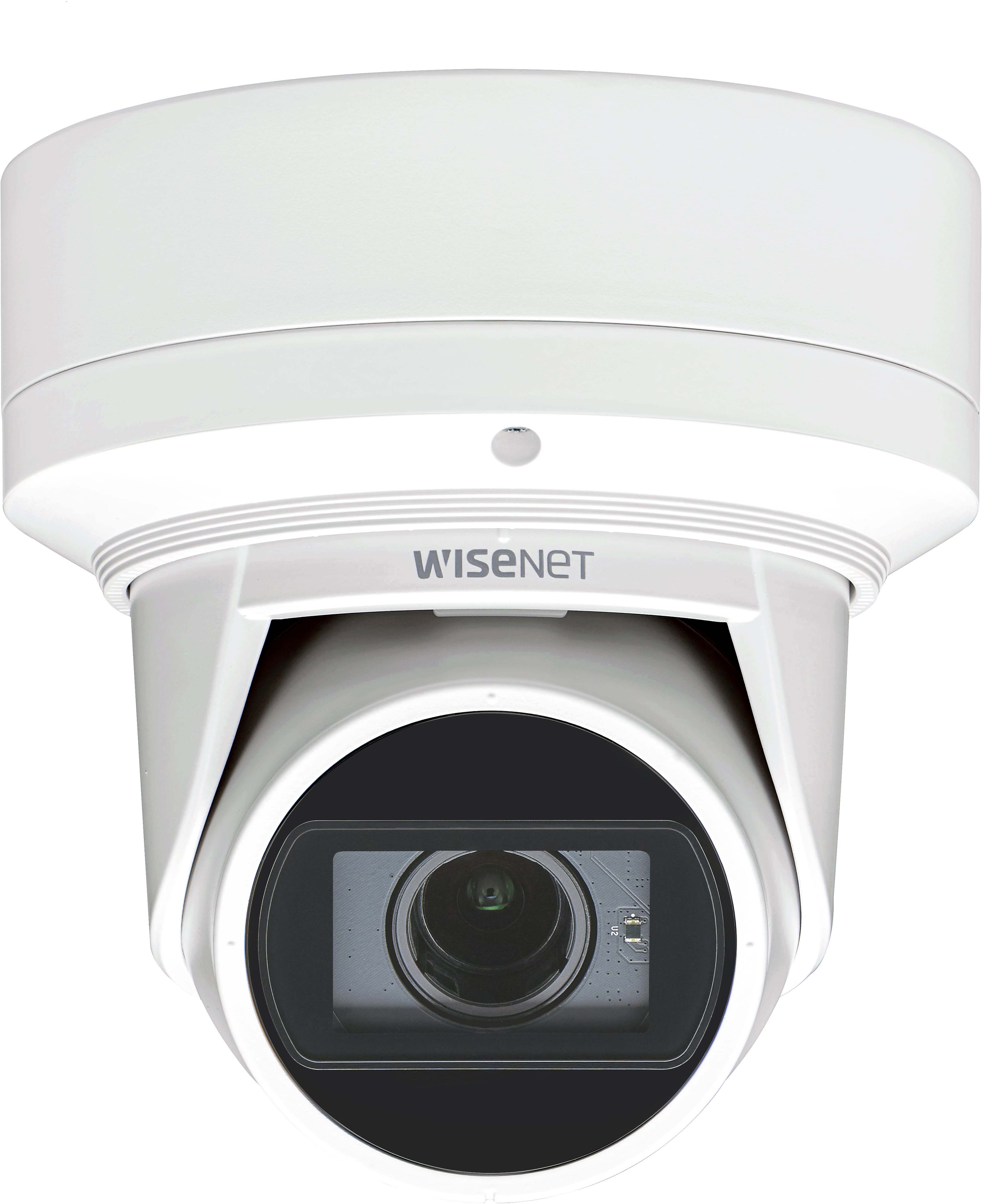Hanwha Techwin’s new Wisenet Flateye IR dome cameras have been designed for high humidity environments and for where condensation might occur because of temperature differences.

The main feature of the new H.265 domes, which are part of the Wisenet Q series, is that they have a flat surface cover which is applied to the front of the lens instead of the dome cover. This reduces IR diffused reflection which is caused by moisture, and in the absence of a normal transparent dome cover, it also removes the effect scratches can have on image clarity.
“These new models have been introduced to provide a highly effective and robust solution for our end-user clients who require high definition cameras to operate effectively in what may be challenging environmental conditions, such as industrial or food processing plants,” said Uri Guterman, Head of Product & Marketing for Hanwha Techwin Europe, “Installers will also benefit from having to spend less time on site as there is no need to initially remove and then mount a dome cap during the installation process.”
The 2 megapixel Wisenet QNE-6080RV and 4 megapixel QNE-7080RV Flateye domes have built-in IR functionality which ensures objects can be recognised at night up to a distance of 30 metres, whilst a 3.1x (3.2 – 10mm) motorised varifocal lens enables wide-angle monitoring. The new domes are also equipped with defocus detection which generates an alert if the camera is out of focus, and ‘defogging’ which makes corrections to blurry images which are captured in foggy conditions.
Additional features include the world’s best wide dynamic range (WDR), which performs at up to 150dB to accurately produce images in scenes that simultaneously contain very bright and very dark areas, and lens distortion correction (LDC) which compensates for the image distortion that can occur with wide angle lenses. A hallway view feature provides a highly effective way to monitor narrow vertical areas such as corridors, tunnels and aisles, with the added bonus of minimising bandwidth and video storage requirements.